Tag: Public Speaking
My Live TV Interview
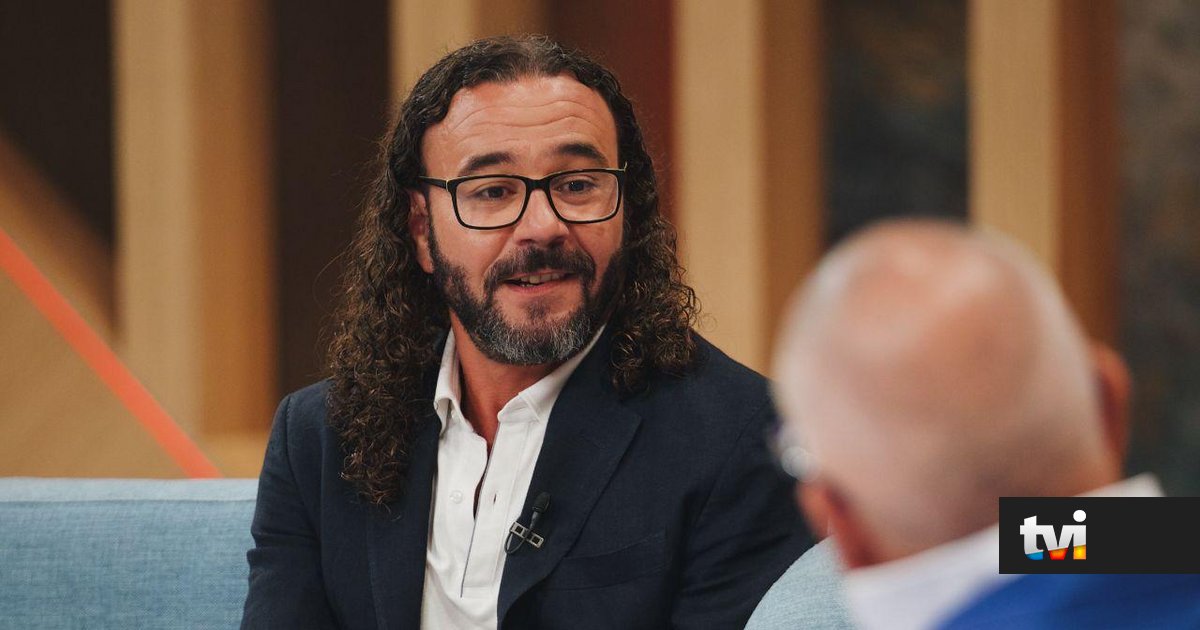
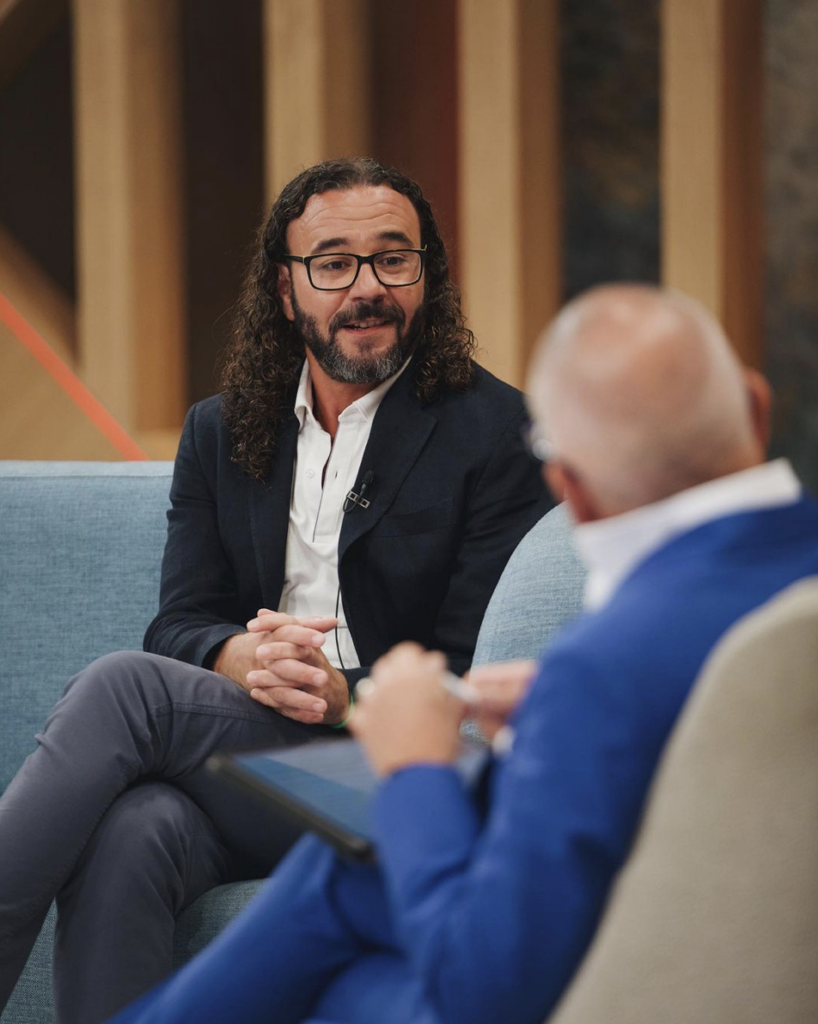
—
On September 21st, I was interviewed live on the Goucha TV show in Portugal. Here’s the link to the full conversation. We talked for about fifty minutes. Spoiler! I kind of break protocol at the end. It was an amazing experience. At all times I felt taken care of by the folks at TVI. Thank you!
Here are a few of my learnings:
– Questions asked before are not necessarily questions asked during. The purpose of many of the questions I was asked beforehand was to help Goucha get to know me better so that we could have a better conversation. Many of the things we talked about were not addressed before the interview.
– Surprises happen and emotions run high. It was stunning to see how comfortable Goucha was on set. Not the same for me. I did not know that they had contacted my family and friends to send a video about what I mean to them. Even my daughter, Irene, recorded one! It totally caught me off guard. It made me relax and show my authentic self. But it also made me very emotional and slightly less focussed, which leads to my third point.
– When you think you’ve prepared enough, prepare some more. Given the improvised nature of the conversation and its emotional tone, when Goucha asked about my work building badass teams in companies, I was so “high” that I did not say what I had prepared. Instead, what came out of my mouth was something generic and short of the beautiful work teams accomplish. I had been told several times: “Prepare your key points well”. I thought I had. Clearly not enough. 😉
All in all, if all live conversations on TV unfold like this one, I’m eager to go back. 🙂
Love to hear your impressions…
How I Went From Priest to Trainer
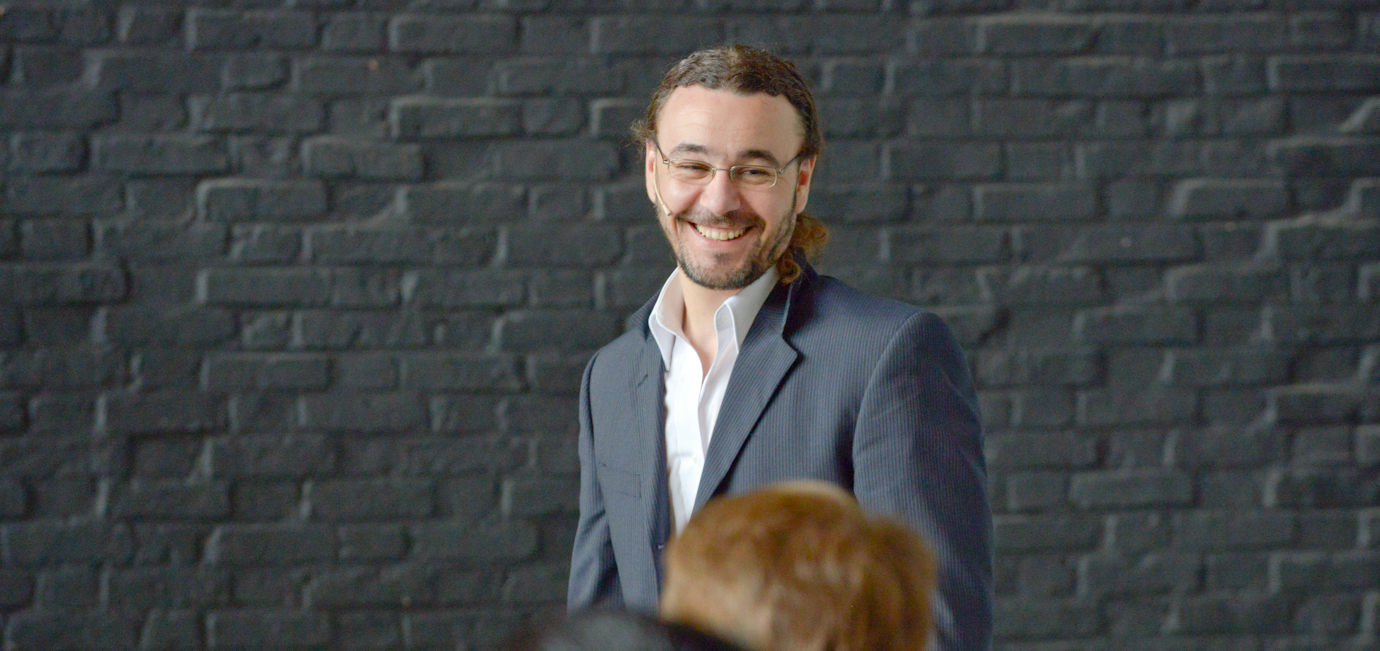
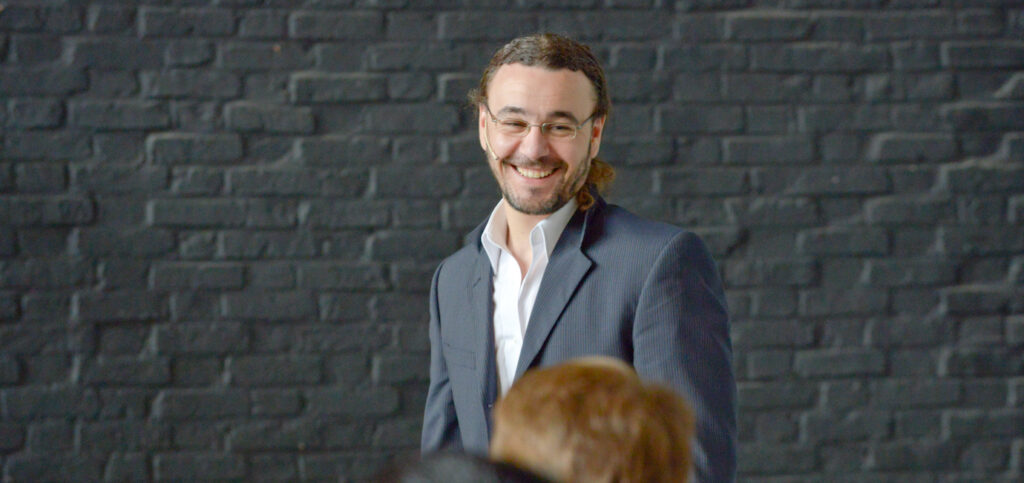
—
Over the holidays, I had the opportunity to be interviewed at the Training Business Podcast by Mark Hayes. The aim of the podcast is to interview trainers, facilitators, CEOs, coaches, and authors in the business of training and learning & development.
It was a cool experience. We scheduled a call to discuss what we could talk about. During that call, Mark suggested we just jump into it. “The spontaneous conversations are the best ones”, he said.
So here’s the unfiltered, unrehearsed chat between the two of us. I loved Mark’s questions — some I had not thought of before. Some of the topics we cover are:
- How networking has produced work opportunities
- What I get from my collaboration with IESE business school
- The training programs I have developed and why
- How I got my first paying clients
- The kinds of challenges I help solve
Here’s the link to the podcast.
Love to hear your feedback and suggestions.
4 Guidelines for Hybrid Meetings
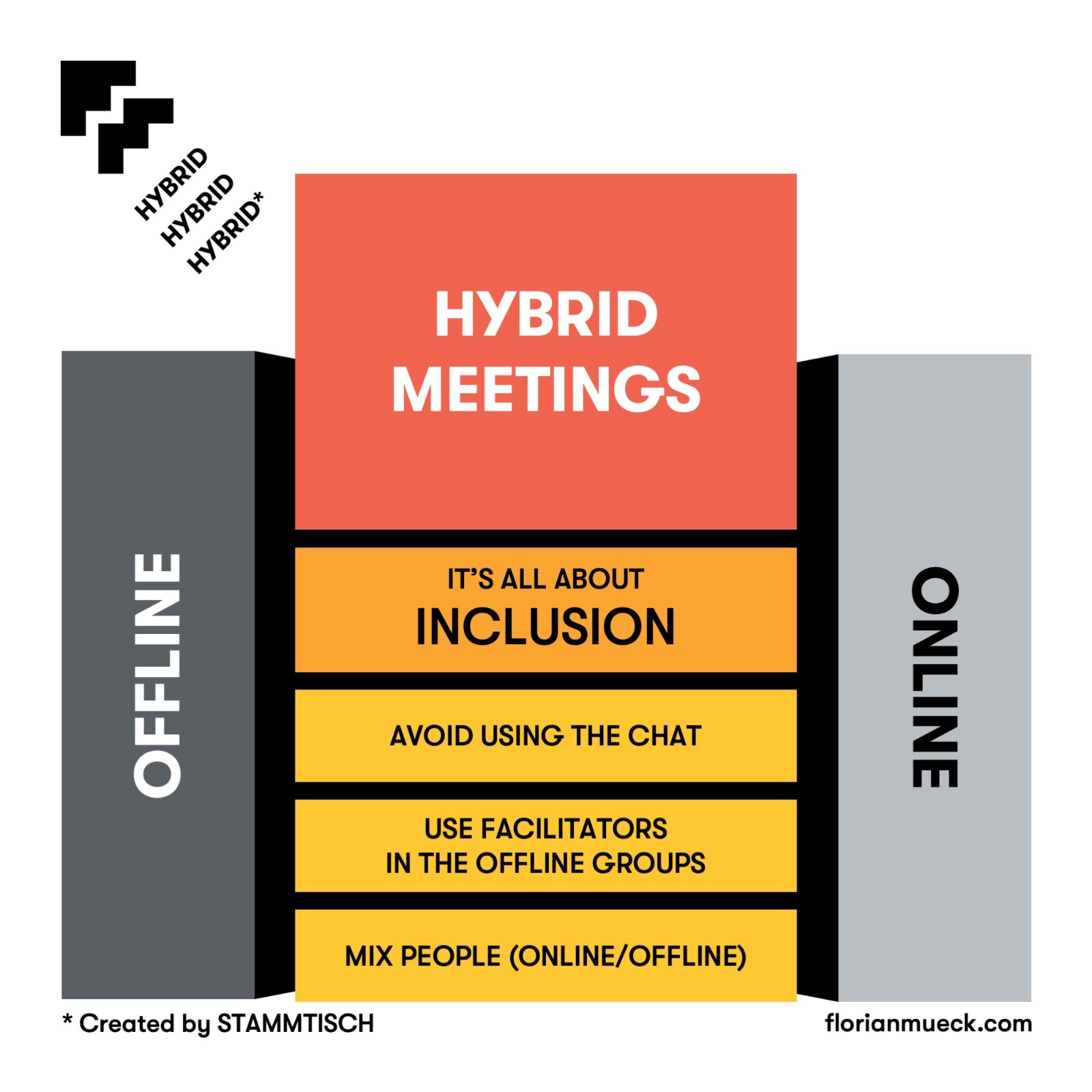
Last week I had my first hybrid meeting. It was public speaking training with ALG, a global consultancy. The meeting had an interesting setup. Four trainers: Conor and Sebastián were in their home studios. Claudio was in a conference room in Madrid with a group. I was in the Barcelona offices with another group. The remaining participated from their homes.
In hybrid meetings, some participants are physically alone connecting on their own computer, while others are together in a room, connecting with just one computer. The result is a mix of the dynamics of face-to-face interaction with the dynamics of online interaction.
What to do differently in hybrid meetings?
—
At our weekly Stammtisch meeting, I brought the question to my buddies and fellow trainers, Alex and Florian. Here are our four guidelines that Florian kindly captured in an infographic.
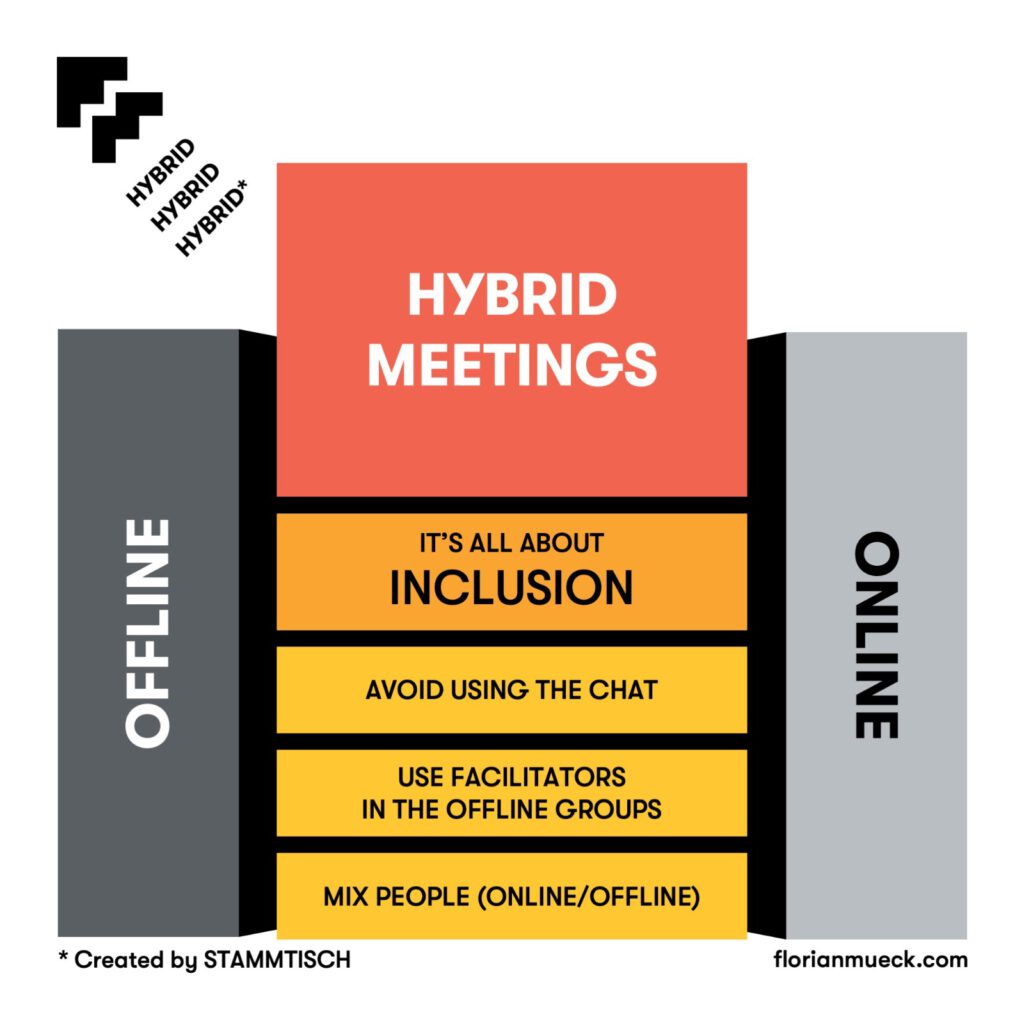
Practising Persuasion
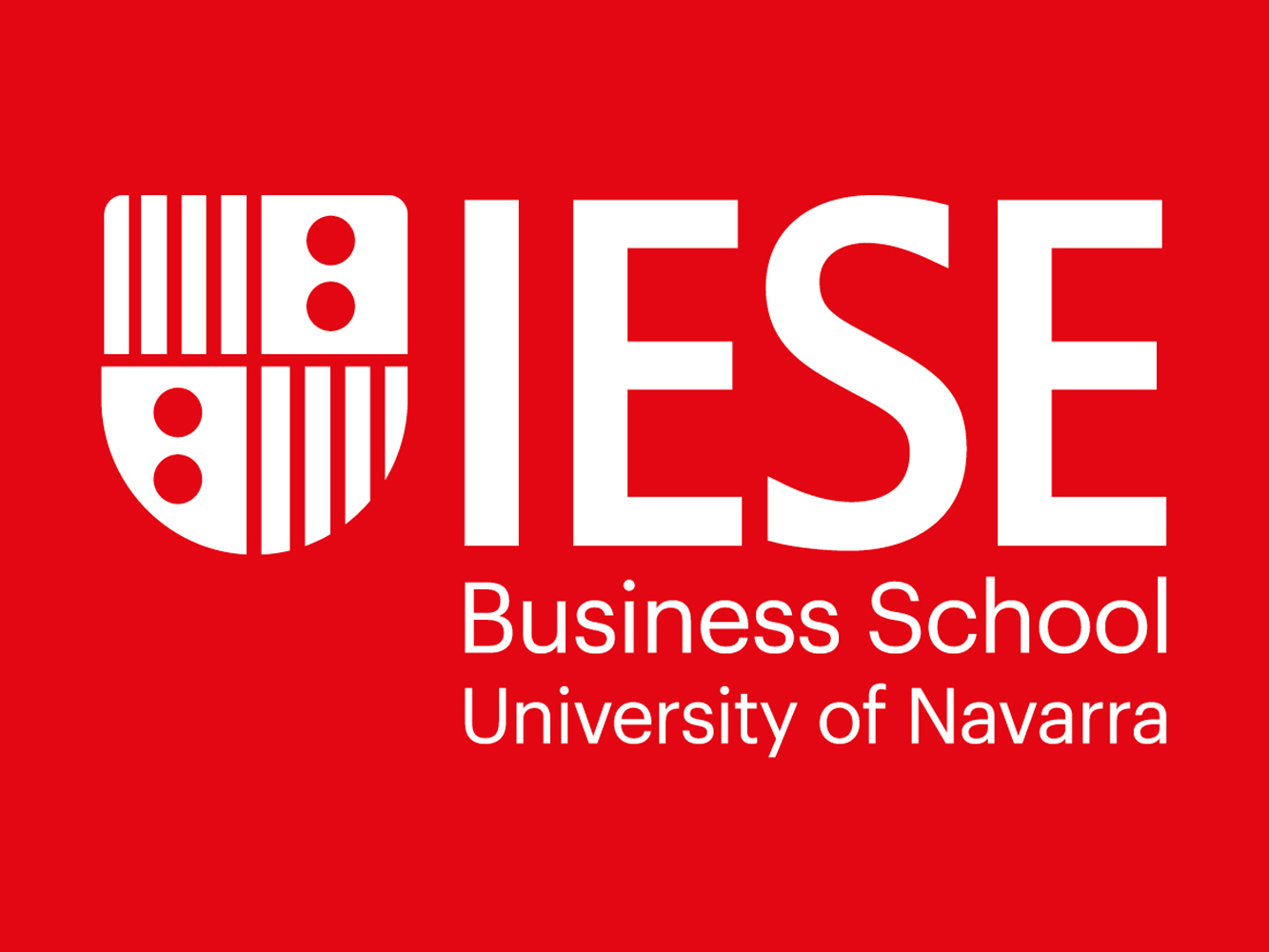
Since 2012 I’ve been coaching students at IESE Business School to improve their persuasive communication skills in a course taught by my friend, Professor Conor Neill.
As part of the onboarding of new coaches, this speech was an exercise in preparing the “Logos Based Speech”, a persuasive speech based on logic.
—
Video link: https://www.youtube.com/watch?v=7_Px2K-uc3M
Wisdom for Teams #15
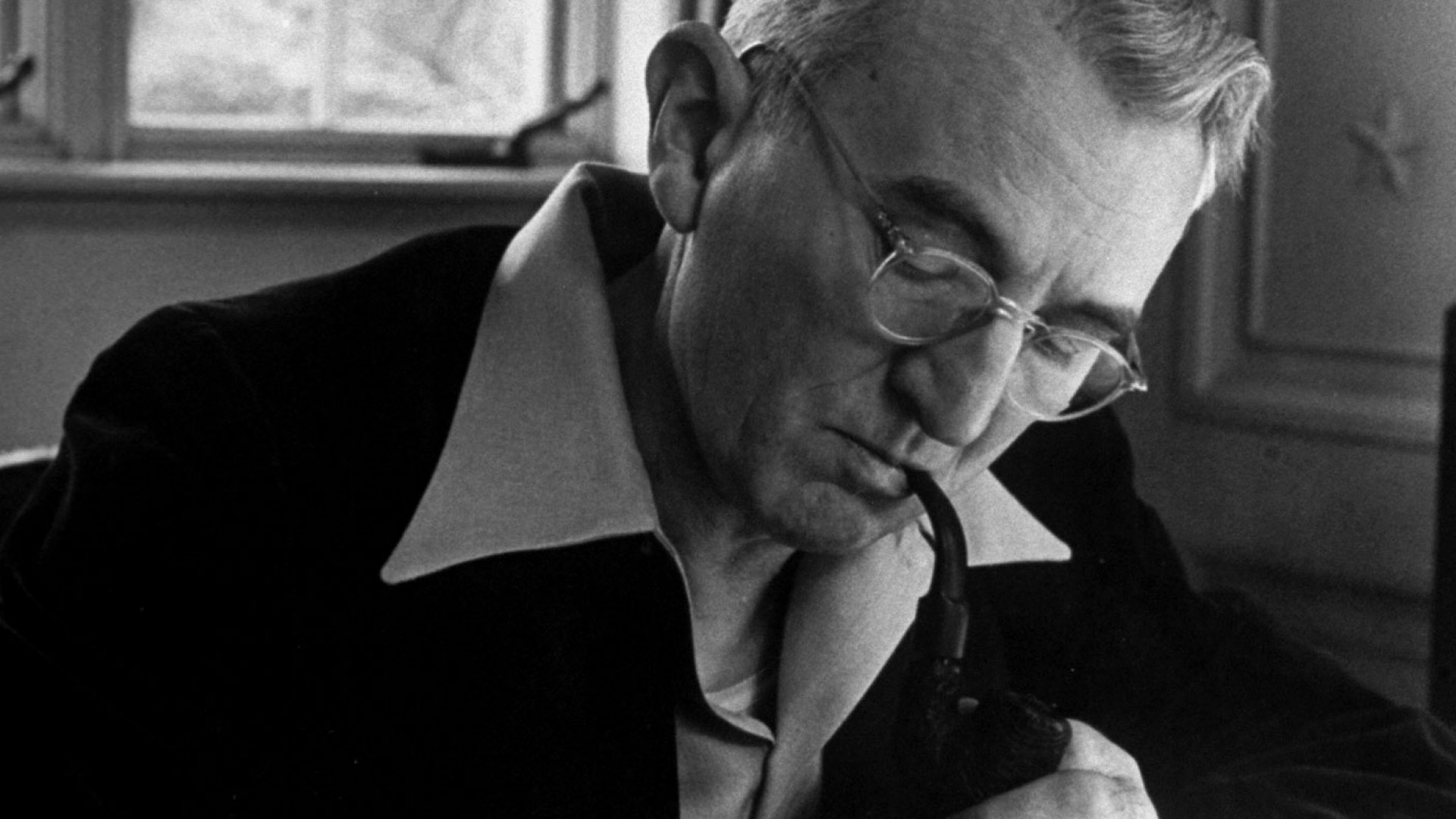

—
“A person convinced against their will
is of the same opinion still.”
—
DALE CARNEGIE (1888 – 1955), American writer and lecturer, developer of courses in self-improvement, salesmanship, corporate training, public speaking, and interpersonal skills. Author of the popular bestseller How to Win Friends and Influence People (1936).
Feedback Part I: How to Make Stronger Statements

Humans need feedback to grow, which make giving feedback the gift of growth. While positive feedback gives us the energy to grow, constructive feedback — when done well — shows us the path for growth, that is, what we can improve and how.
This series focusses on how we can make our constructive feedback more effective.
Here in part I, I share three ways to make our statements stick when giving constructive criticism.
What techniques do you use to make your statements clearer?
—
How Odie Helps You Design Awesome Workshops!
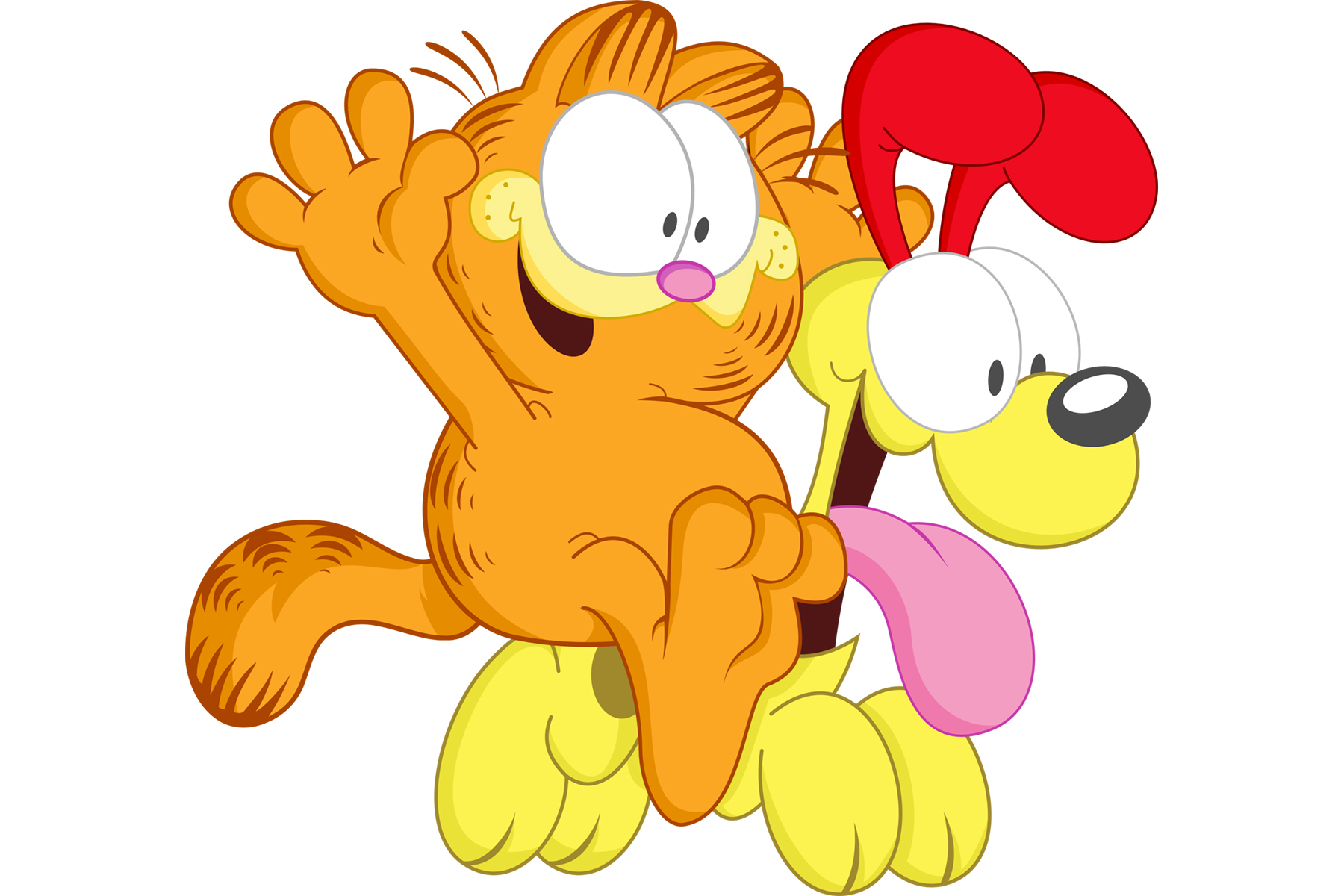
The other day my friend and colleague Evgueni Talal, a specialist in customer satisfaction, asked for feedback on a workshop he’s preparing for the Toastmasters Fall District Conference in Lyon.
This got me thinking about what makes workshops awesome. I noticed four recurring elements that make workshops memorable experiences. Remember Odie from Garfield? These are the ODIE elements of awesome workshops.
- Original: How will the content be MINE?
When I began creating my conflict resolution seminars, I asked my friend and colleague, Florian Mueck, a public speaking and charismatic communication expert, for advice. Halfway through my first sentence, he said: “Stop! Don’t talk about someone else’s stuff. Present your own material.”
“Original” answers the question: What does the workshop offer that is uniquely mine that participants can get nowhere else? Evgueni has decided on something unique, to say the least. I won’t ruin the surprise, but be prepared to dance!!
This element avoids making the workshop merely a loudspeaker for other people’s material. Think about it: Why would someone want go to a workshop to listen to you talk about someone else’s ideas?
But how can we be original when some of the material is not ours? Only you own the experience of the content. Share your personal experience and add value by making connections we haven’t heard of. What does networking have to do with dancing? I have no idea. Ask Evgueni!!
- Doable: How will lives change?
The high applicability of the workshop to real life situations is crucial. “Doable” answers the questions: What will participants be capable of DOING when the workshop is over? What are the specific outcomes they can count on?
The answer to these questions begins with: By the end of the workshop participants will be able to do 1… 2… and 3… Once you’ve got the answers to this, design your workshop to make it happen.
What we avoid here are merely reflexive workshops that make us think about cool stuff but don’t equip us with the tools to change specific situations in our lives.
- Interactive: How will they share the stage?
Workshops where the participants are the stars are always successful workshops. The interactive element answers the question: What exercises and activities will I include to involve the participants?
What we avoid here are passive workshops, where participants receive but do not give. Awesome workshops invite participants to share their knowledge and skills. This is what makes it a workshop instead of a lecture or a speech.
- Entertaining: How will they be fully engaged?
No one wants to deliver boring workshops. But some people do. Inspiring others with our enthusiasm is the name of the game. It’s the greatest challenge we face.
Here are a few tips to make workshops more entertaining: tell stories, provide a form-like-handout with questions and blank slots to be filled throughout the workshop, and use examples that relate directly to your participants’ struggles.
Thank you Evgueni, for inspiring the topic for this post! Thank you Odie, for making the elements unforgettable: Original, Doable, Interactive and Entertaining!

